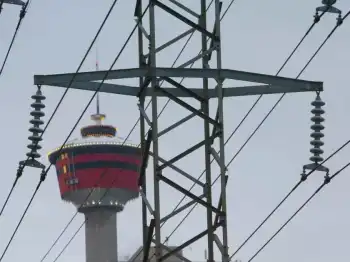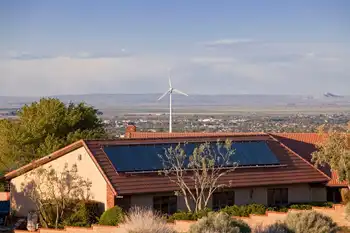Solar's future doesn't look quite so sunny
Falling oil prices, supply issues and the evaporation of financing for solar projects have moved in like clouds over the industry, just as it was poised for unprecedented growth.
Even as new solar factories opened recently in Austin, Texas, and greater Atlanta, several big solar companies in China and Canada warned that they'll pull back on expansion plans and preserve cash after customers canceled projects and credit markets dried up. Shares of many publicly held solar companies have fared even worse than the overall stock market.
Industry analysts, meanwhile, are predicting that there may soon be a worldwide glut of solar panels and silicon — the key ingredient for solar cells — amid the industry's recent buildup.
"I have no doubt [solar's] time is coming, but at the energy costs we're seeing today, [it] has a very hard time competing," said Miroslav Begovic, a solar and electrical engineering expert at Georgia Tech in Atlanta.
Even with declining prices for silicon and other materials, plus tax incentives and advancements in technology, the cost of generating juice from solar is still two or three times the cost of generating electricity through traditional sources, Begovic said.
In a recent report, market research company iSuppli predicted that, as a result of the recent buildup of the solar industry, the supply of silicon for solar panels will outstrip demand by 2010, driving down prices sharply.
Of course that could be good news for consumers waiting to install solar power systems, which can cost $13,000 to $30,000 for a typical house before government rebates.
"If you're a consumer, this is a good thing," said Wen Kuo, a research associate with Lux Research in New York.
Related News

Huge offshore wind turbine that can power 18,000 homes
BERLIN - Siemens Gamesa Renewable Energy (SGRE) has released details of a 14-megawatt (MW) offshore wind turbine, in the latest example of how technology in the sector is increasing in scale.
With 108-meter-long blades and a rotor diameter of 222 meters, the dimensions of the SG 14-222 DD turbine are significant.
In a statement Tuesday, SGRE said that one turbine would be able to power roughly 18,000 average European households annually, while its capacity can also be boosted to 15 MW if needed. A prototype of the turbine is set to be ready by 2021, and it’s expected to be commercially available…





